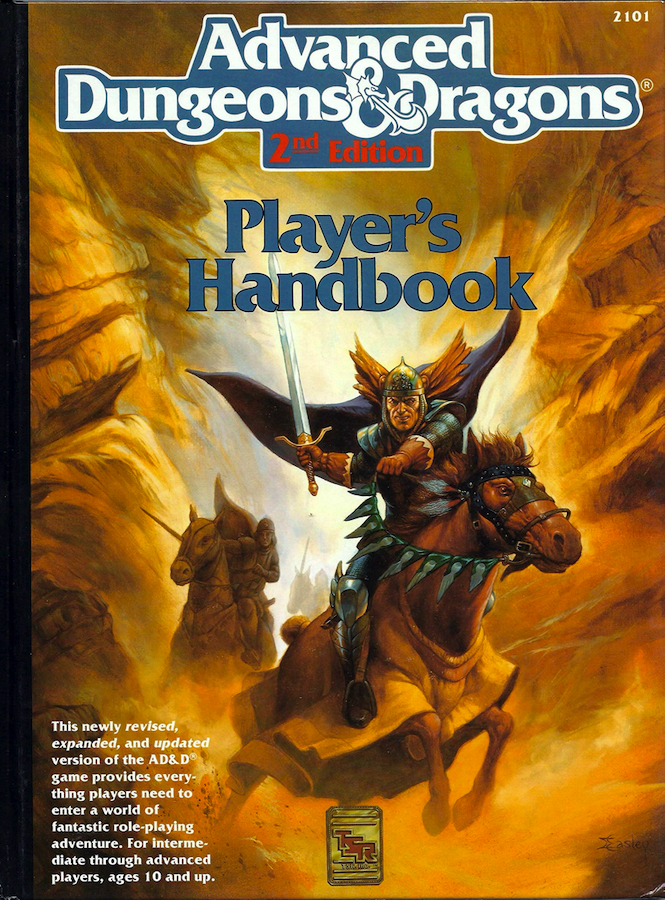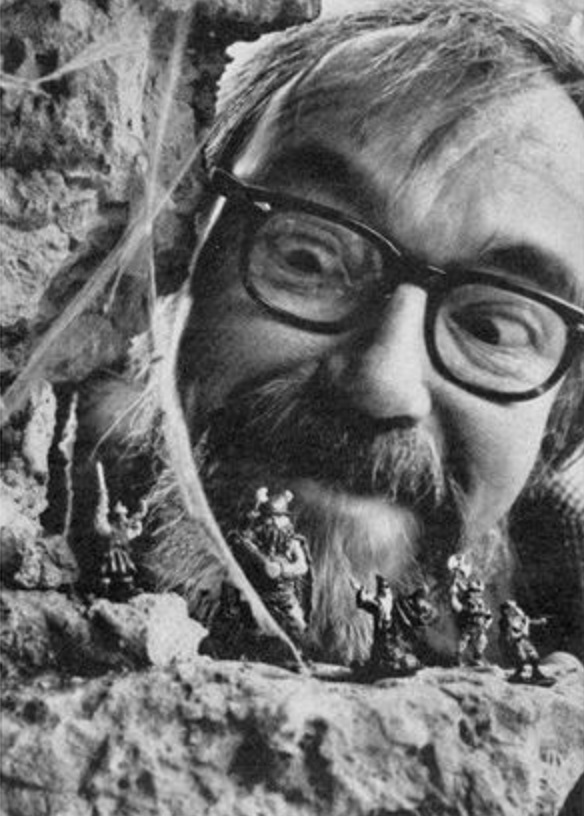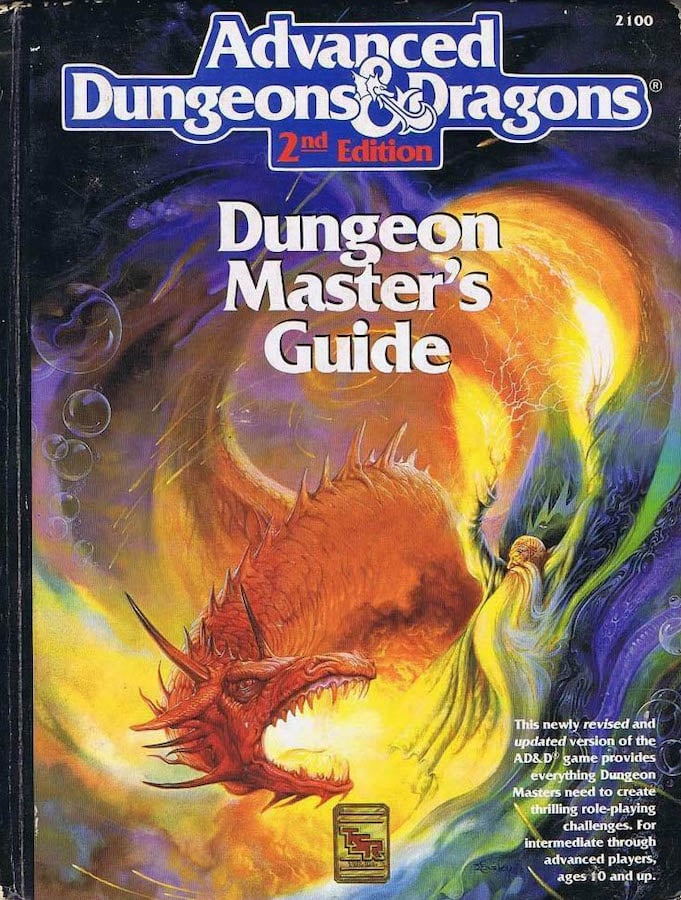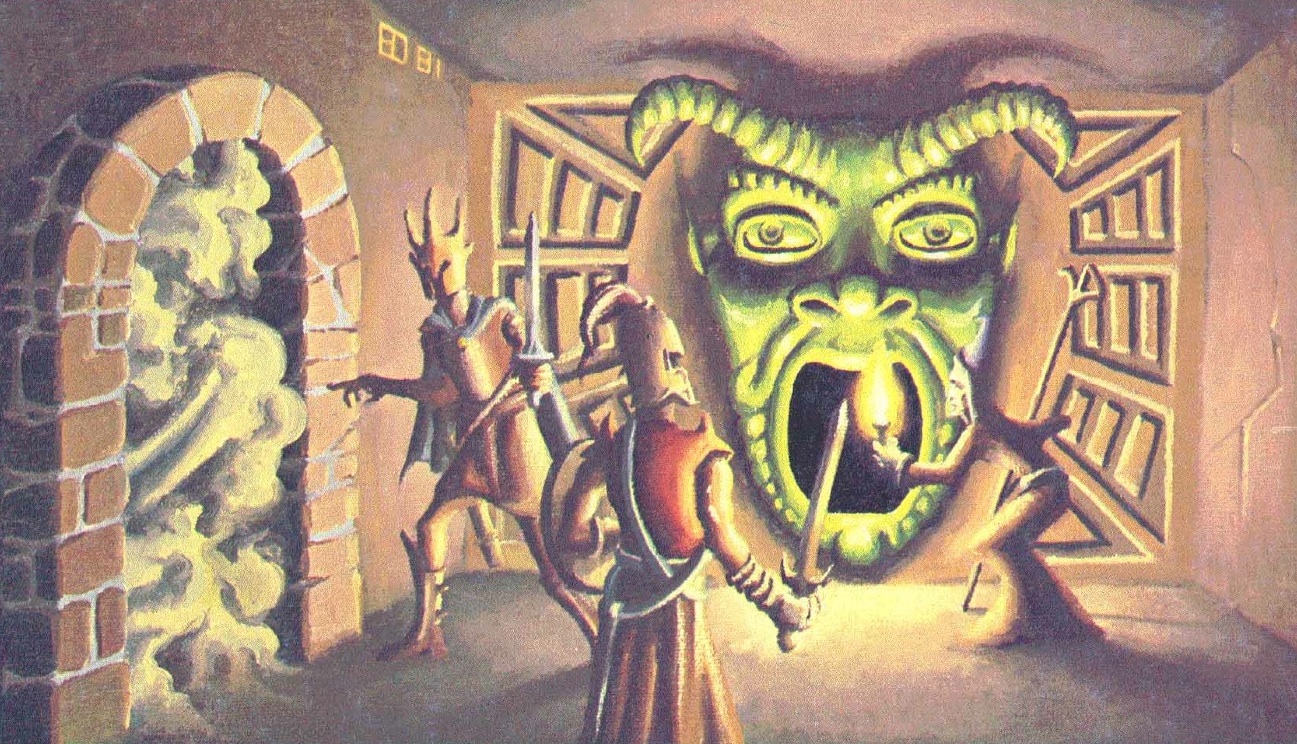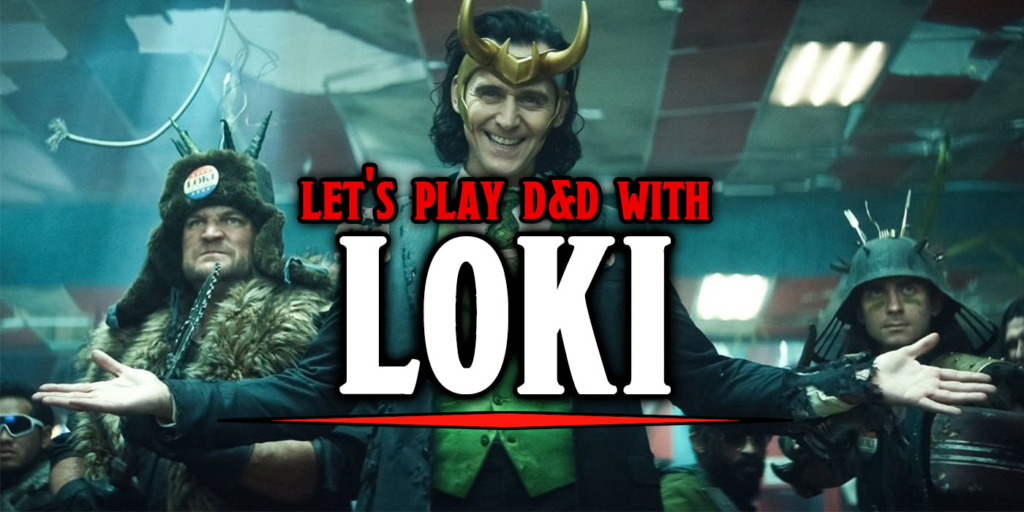2nd Edition Saved D&D And Changed Everything – PRIME
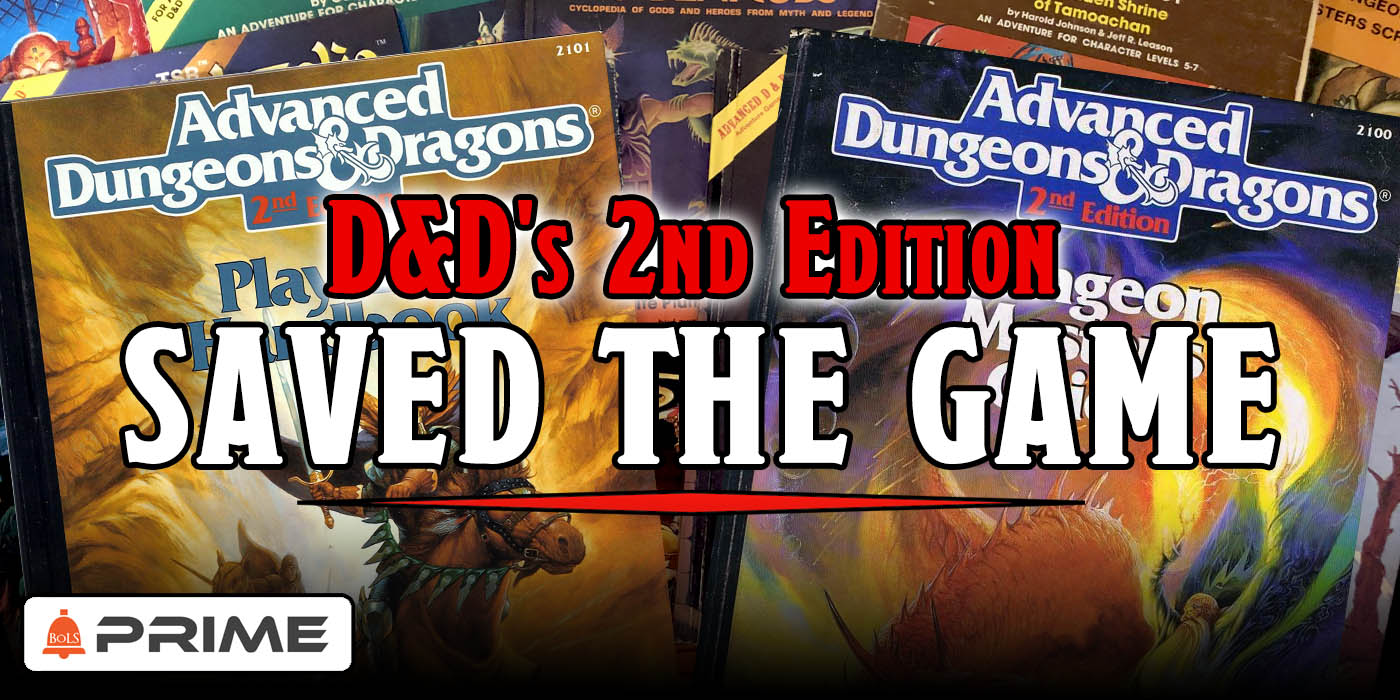

There is no edition of D&D more nostalgified than 2nd Edition. It’s at the root of 5th Edition, and in many ways, 2E saved D&D.
When it comes to the many editions of D&D you will find no edition is pined for quite the way that 2nd Edition is. Oh sure, you might get the occasional weirdo who will tell you that, actually 4th Edition was good, or that they liked the winding complexity of 3rd Edition, which was why they stuck with Pathfinder when the great Edition Split happened. But there’s nothing out there quite as rose-tinted as the memories of 2nd Edition. When you see beardy grognards out there pining away for the good ol’ days, these are they.
And with good reason. 2nd Edition was a refinement of 1st Edition; it took what people already loved about D&D and tried to make it better. But they did more than just update the art and errata some rules–the game worked in several core mechanics that had become popular either as fan-created rules or that were introduced in supplemental books and put together a game that ended up being so much more than the sum of its parts. It gave D&D a shot in the arm, and TSR a much needed injection of cash during the tumultuous times surrounding Gygax’ departure, while at the same time paving the way for some of the most beloved settings in the game.
Dark Sun, Planescape, Spelljammer–all of these wouldn’t exist if TSR hadn’t switched editions. It was also one of the most contentious processes in TSR’s history. Let’s look behind the screen at how 2nd Edition came about.
We’ve talked before about how the tail end of Gygax’ tenure at TSR was met with stormy seas. The company’s board and partners pulled some boardroom backend deals to ouster D&D’s creator, but not before facing financial difficulty from too much growth in too many different directions. And out of this chaos D&D needed a clear direction.
It also had the pallor of the Satanic Panic hanging over it as well. After all, folks like Michael Stackpole were still out there defending RPGs against the spectre of satanism that had gripped the 80s. And Satanism in America, one of the books that helped stem the tide of the satanic panic wouldn’t be released until ’89 and only barely began to spread.
So D&D needed to find their next big hit. Ironically, 2nd Edition was one of Gygax’ big ideas to try and cement his power upon returning to TSR from Hollywood. He had a plan of using longtime co-writers Frank Mentzer and Roger Moore (not the one you’re thinking of) to reinvigorate and reorganize the rules. He would have collected a new set of core books, gathering together the PHB, DMG, three separate books of monsters, as well as Deities & Demigods, Unearthed Arcana, and Oriental Adventures into revised, massive volumes.
We never got to see how people might have reacted to this. Gygax was oustered from the company shortly after his return. But a 2nd Edition was a lightning rod for the company, and the presidents turned to superstar designers Zeb Cook and Steve Winter to take on the project:
When we got the green light to start working on 2nd Edition, the first thing I did was grab spare copies of the PHB and DMG, slice them into pieces, and start taping them back together the way they belonged. (We were working on word processors by then, of course, but the PHB and DMG didn’t exist in electronic form.) It didn’t take long to fill a big, fat, 3-ring binder with clippings of rulebooks, all taped together like some insane kidnapper’s ransom-note manifesto.
That’s Steve Winter, talking about his efforts to convince upper management that it would take more than just a reorganization to make 2nd Edition. Winter had some clear design goals, which may sound simple now, but you have to understand 2nd Edition broke new ground with lofty ideals like: ” put everything the players needed into the PHB and everything else into the DMG.”
But it was more than just a reorganization. Because in the decade since 1st Edition had been released, the industry had evolved, while TSR’s flagship product remained as this unintuitive behemoth of a system. The idea was to make sure that players and DMs could get value out of every book they bought.
A big part of the change was in philosophy–1st Edition is surprisingly adversarial, especially compared to what most folks think of as the typical D&D experience today. The original PHB hid most of the combat information–but in the decade since, the industry shifted and players and GMs were generally held to be “united in games”.
The other big thing that the edition did was integrate some of the tacked on rules from the ground up. Non-weapon proficiencies were introduced in OA, but were refined in 2nd Edition to really help define characters. Characters like the Assassin and the Monk were removed, and new avenues of advancement were detailed. What we’d consider “endgame content” was there in the first place. You had aspirational rules–you wanted to get to 9th level so you could build a fortress and attract an army of followers and really feel like you fit in in the world.
Or you wanted to pursue the higher-level spells that had previously been kept secret. It was a fantastic way to draw players in–and it worked. The success of 2nd Edition buoyed up TSR through an industry micro-crash and paved the way for their boom in the 90s. And without its foundation, we wouldn’t have 5th Edition and the golden age of RPGs that we’re in today.

